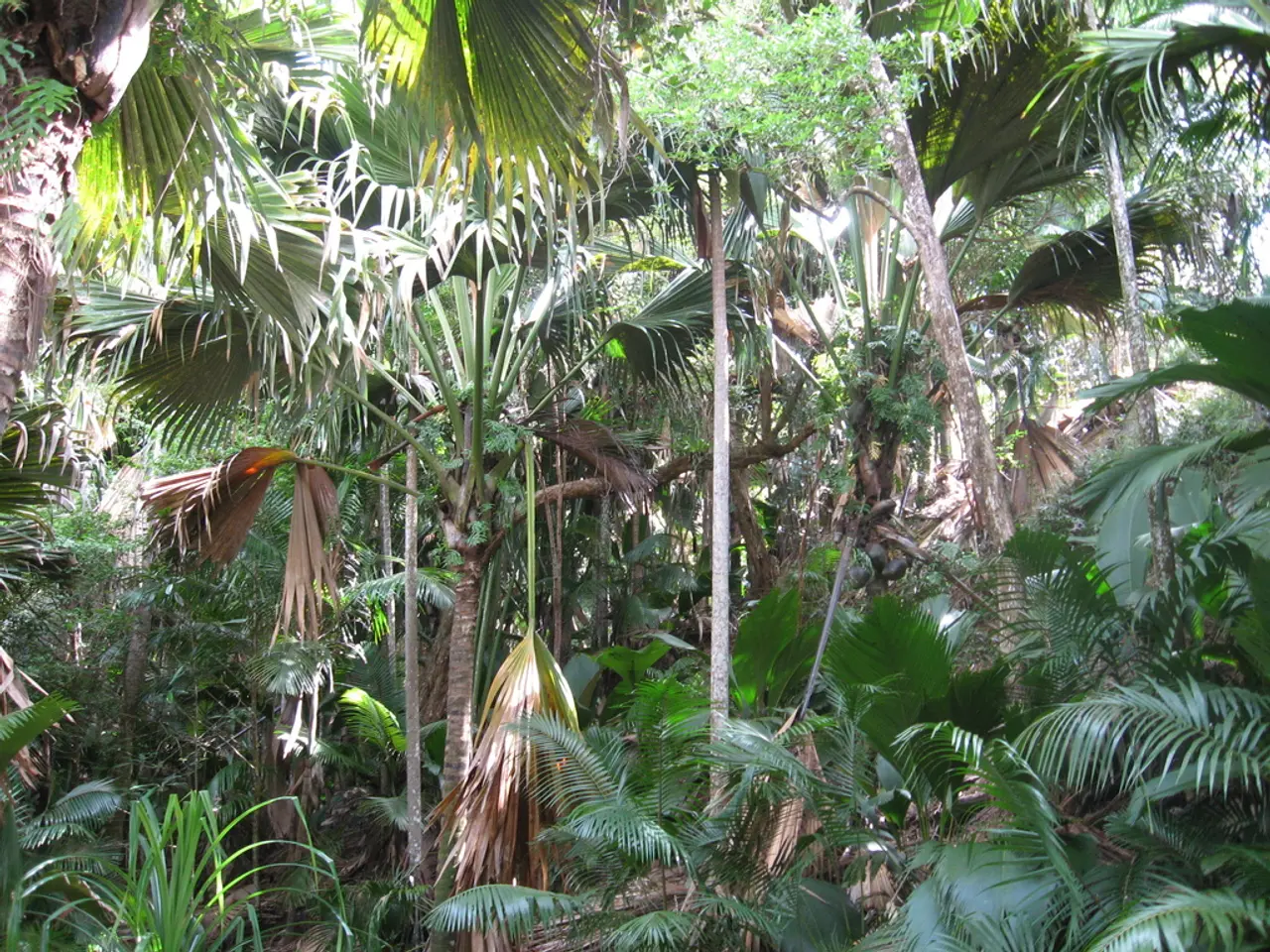Reforestation Not a Panacea for Climate Change, Study Warns
A new study published in Science highlights the complexities of using reforestation as a primary strategy to combat climate change. While it can play a role, the study emphasizes the importance of how and where trees are planted, and the need to protect existing biodiverse forests.
Reforestation, if done wisely, can contribute to climate mitigation, but it's far from the 40 gigatons of carbon reduction needed. The study warns that half of the planned 230 million hectares for reforestation by 2030 are in Africa, where only 4% of the land is suitable. This raises concerns about the feasibility and impact of these plans.
Experts argue that protecting existing biodiverse forests is a more urgent priority. These forests currently remove an amount of atmospheric CO2 equal to almost 30% of annual fossil fuel emissions. Replanting with native tree species and replicating native forests is essential for long-term carbon sequestration and biodiversity enhancement.
The study found that considering environmental and social constraints, the potential to store an additional 40 gigatons of carbon by 2050 through reforestation reduces to just 12.5 gigatons. Countries with large areas of drained peatlands or degraded forests, and favorable conditions for reforestation, such as parts of the European Union, Central and South Africa, South and East Asia, the Pacific region, Latin America, and the Caribbean, have significant potential for successful forest restoration. However, monoculture tree plantations sequester relatively little carbon and harbor less biodiversity compared to native forests.
Josep 'Pep' Canadell, executive director of the Global Carbon Project, believes countries should reconsider tree planting as a primary emissions-reduction strategy. A new study found that suitable land for reforestation shrinks by up to two-thirds when considering impacts on biodiversity, food security, and water resources.
In conclusion, while reforestation can play a modest role in climate mitigation, it's not a panacea. Policymakers must prioritize and accelerate forestation initiatives where they're truly viable, acting faster and setting higher targets. Protecting existing biodiverse forests and considering environmental and social constraints are crucial for effective climate action.
Read also:
- Dual-function mattress offers both cooling and coziness at an affordable price.
- Ontario falls short by a small margin in delivering the goal of four hours daily care for long-term care residents.
- "Thrilled response" from animal rights organization following cessation of canine testing at London, Ontario healthcare facility
- Altruistic zeal and a drive to instigate beneficial transformation







